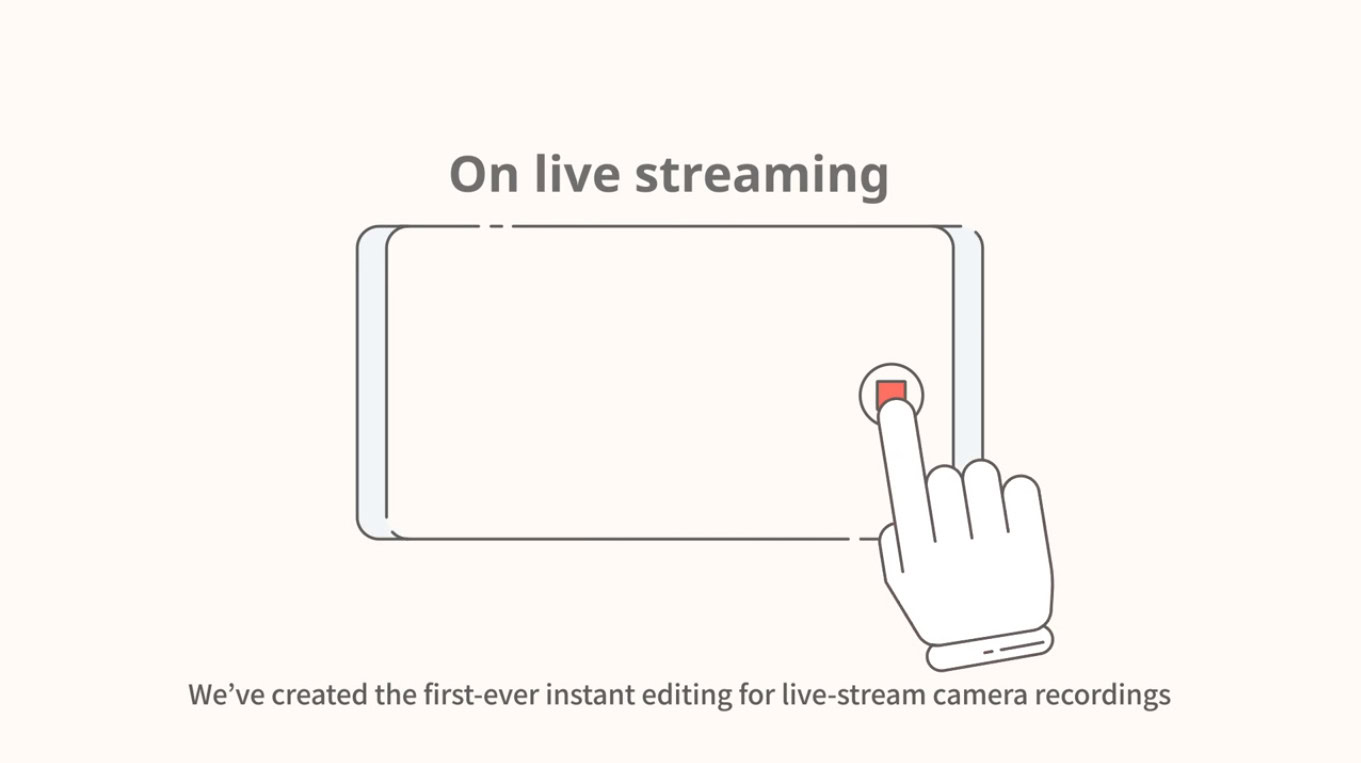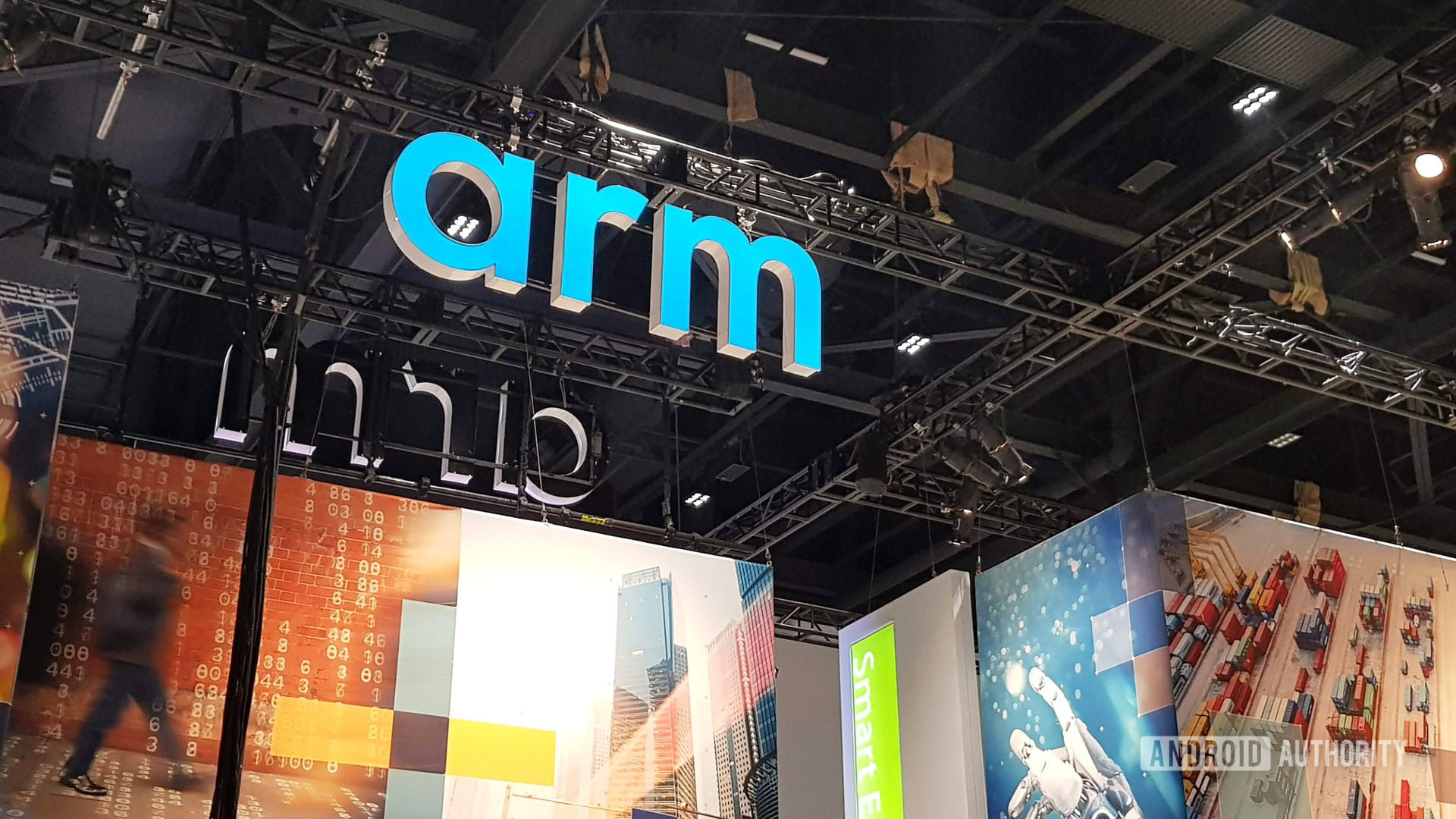Affiliate links on Android Authority may earn us a commission. Learn more.
From better ASMR to live-stream editing, Samsung is using AI for everything at CES

- Samsung has revealed eight AI projects that it will be showing off at CES 2019.
- Four of the projects are related to smartphones in various ways.
- A smart hearing aid and a live-stream video editor are two of the more impressive projects.
We’re still in the middle of the festive season, but CES is barely two weeks away. Now, Samsung has peeled the curtain back on some AI projects it’ll be revealing at the tech expo.
The Korean company announced that it’ll be showing off eight AI projects from its C-Lab (Creative Lab) initiative. Some of these projects aren’t for mobile, but several are indeed related to smartphones, such as aiMo and MEDEO.
The former application aims to deliver better ASMR sound clips if you’re recording on your smartphone, in conjunction with a cover case (it’s unclear if a special cover is required). Samsung says aiMo delivers better sound directivity, as well as more realistic ASMR sounds, without the need for professional equipment. In fact, the firm says you can get “high quality” results while recording outside too.
Meanwhile, MEDEO is branded as an “instant video making service,” allowing creators to simultaneously shoot and edit live videos. The service uses AI in order to recognize scenes and context, automatically adding video effects, music, and pre-recorded videos to your live stream.
We’ll need to wait and see if this service is a gimmick or genuinely useful, but Samsung says MEDEO is also capable of “one-click video rendering at an expert level that extracts only the core scenes of the saved video.” Hopefully the service isn’t severely limited in terms of the number of video effects and music tracks.
What else is Samsung highlighting?
The third mobile-related project is a hearing assistant called SnailSound. By using an app and earpiece, the service conducts feedback via hearing tests to figure out the user’s desired sounds. From here, it conducts AI-based suppression and amplification in order to boost the desired sounds.
Finally, the last mobile-related AI project by Samsung is a perfume app, called Perfume Blender. It essentially lets users make their own perfume with a “compatible device,” then lets you share the recipe with others via a mobile app. But the app is pretty smart in its own right too.
“When the user takes a photo of their favorite perfumes with the app, it analyzes the common ingredients and recommends fragrance recipes that the user might like,” the Korean company explains. It sounds like you’ll need to buy a potentially expensive machine to actually make your perfume, but it’s an interesting concept anyway.

Another noteworthy project is a virtual advertising service for live-streamers, dubbed Tisplay. This service recognizes a streamer’s clothing, then places ads over them. According to Samsung, the ads look “as if they were actually printed on the clothing.”
Creators can also use the service to add images that are actually relevant to the stream in question. Furthermore, Samsung reckons that this new type of ad is less invasive than mid-video pop-up ads. Then again, who says we won’t see both?
Other noteworthy Samsung AI projects set for CES include an auto-adjusting monitor to help users maintain the correct posture, an “AI desk light,” and an AI-driven news analysis platform. Personally, I’m quite keen to hear results from the ASMR solution, but the SnailSound hearing service has the potential to be a game-changing take on the hearing aid. What would you like to try out? Give us your thoughts in the comments!
NEXT: HONOR View 20 hands-on: Are holes better than notches?